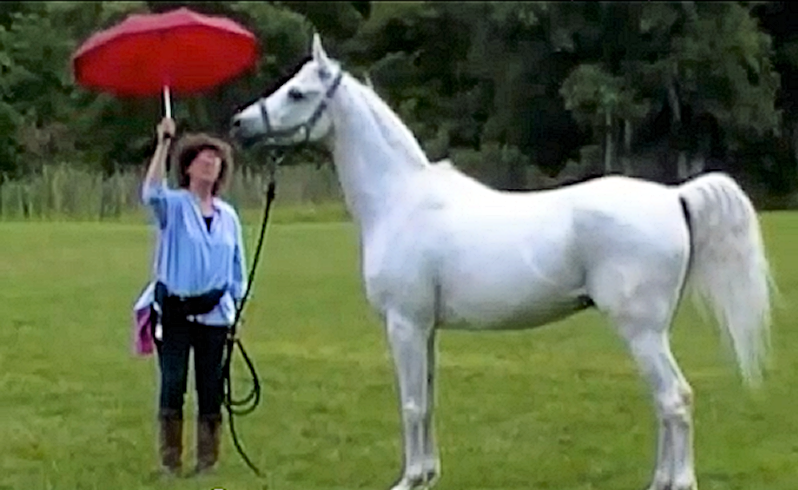 The article below is from http://www.equestrianprofessional.com. As I was reading it I really felt what Elisabeth was saying and I also felt it from the HORSE’S perspective! Imagine how your HORSE would react if you think or tell him, “Hey – you did a great job of transition from walk to trot and now I’d like to see the walk to canter!” As you’re switching the words “but” and “and”, try to feel how differently YOU feel while you’re saying the words! It changes your entire energy and emotion which is then transferred to the horse! (or, human). Therefore the energy RECEIVED is also different between the two.
The article below is from http://www.equestrianprofessional.com. As I was reading it I really felt what Elisabeth was saying and I also felt it from the HORSE’S perspective! Imagine how your HORSE would react if you think or tell him, “Hey – you did a great job of transition from walk to trot and now I’d like to see the walk to canter!” As you’re switching the words “but” and “and”, try to feel how differently YOU feel while you’re saying the words! It changes your entire energy and emotion which is then transferred to the horse! (or, human). Therefore the energy RECEIVED is also different between the two.
I think that if you try this today with your horse, with your employees, with your friends and family, you’ll find that just this simple change makes a big difference in the communications between you and the “receiver”.
Check back and let me know how it works out for you!
One Three Letter Word that Improves Equestrian Client Communications
Big Time!
–Elisabeth McMillan
http://www.equestrianprofessional.com
Have you ever had a client get upset when you were simply trying to provide them with information to improve their horse’s care? Have you ever corrected an employee only to have them become resentful rather than improve their performance? Have you ever had a rider lose confidence and make more mistakes when your instruction was intended to help them ride better?
As a professional equestrian, a big part of your “job” is to impart your knowledge. However, in order to be effective and successful, your clients must receive your message in a positive way. Here is a simple but hugely effective little tip.
When providing feedback or correction use the word “and” instead of “but” to help you communicate a more positive core message. It sounds simple, but let’s look at what a big difference it makes in the meaning behind your words.
Stable Manager/Boarder Relationship
“I know you chose the corner stall for your horse, but let me explain why we moved him to another stall.” (See how the “but” dismisses the client’s opinion?)
Now let’s try it with “and.”
“I know you chose the corner stall for your horse, and I’d like to explain why we moved him to another stall.” (See how “and” respects the client’s point of view and still allows you to maintain your leadership role?)
Employer/Employee Relationship
“You did a very good job cleaning the stalls, but it took you too long.” (See how this type of comment could make your employee feel hurt and defensive?)
Now let’s try it with “and.”
“You did a very good job cleaning the stalls, and it would be fantastic if you could have them finished by 2:00 pm each day.” (See how “and” enables you to communicate your needs clearly without risking hurting your employee’s feelings?)
Teacher/Student Relationship
“You sat the canter great, but your arms are too stiff.” (See how the compliment is lost as soon as “but” comes into the sentence?)
Now let’s try it with “and”.
“You sat the canter great and now I’d like to see you follow more with your arms.” (See how the compliment stays in place even with the correction?)
In Conclusion
When I had my training stable, I constantly read mainstream business and marketing books. I would spend hours sifting through them trying to translate the knowledge I found in them into something that was applicable to my horse business. Often, out of the thousands of pages I read, only a few tiny nuggets would be worth pursuing and even those would need “tweaking” in order to fit the horse business.
Today, I’m still an avid reader, and I still find that while there are hundreds of truly great ideas and strategies, most of them need “tweaking” in order to work for horse professionals (ergo EquestrianProfessional.com). So, whenever I come across a book that works straight out of the gate, I get really excited!
I learned the “and” instead of “but” tip from “How to Win Friends and Influence People” by Dale Carnegie. I originally read it some thirty odd years ago. Recently, I re-read it and I have to say it is the one mainstream business book whose concepts are completely applicable (no tweaking needed) to the horse business. It was written back in 1936 and, if anything, it is even more relevant today (especially because of social media) than when it was written. In any case, I hope you’ll give the “and” instead of “but” a try this week and let us know how it goes!

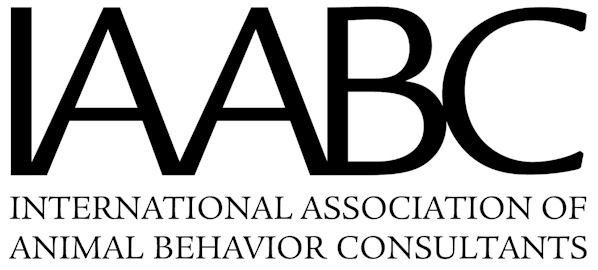


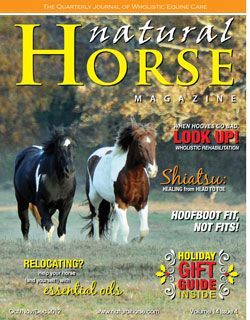
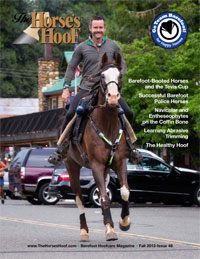
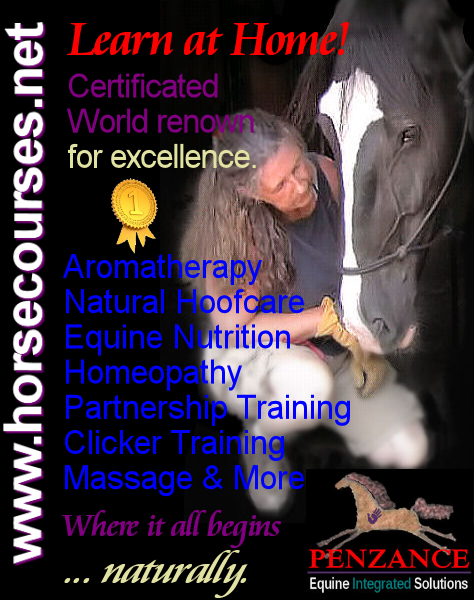




This is an excellent tip! It is amazing how positive a change this makes.